‘Boom: Art and Design in the 1940s’ explores the creative resilience of the decade
Noguchi and Nakashima are among those who found expression and innovation in the adversity of the 1940s; take a walk through the Philadelphia Museum of Art exhibition
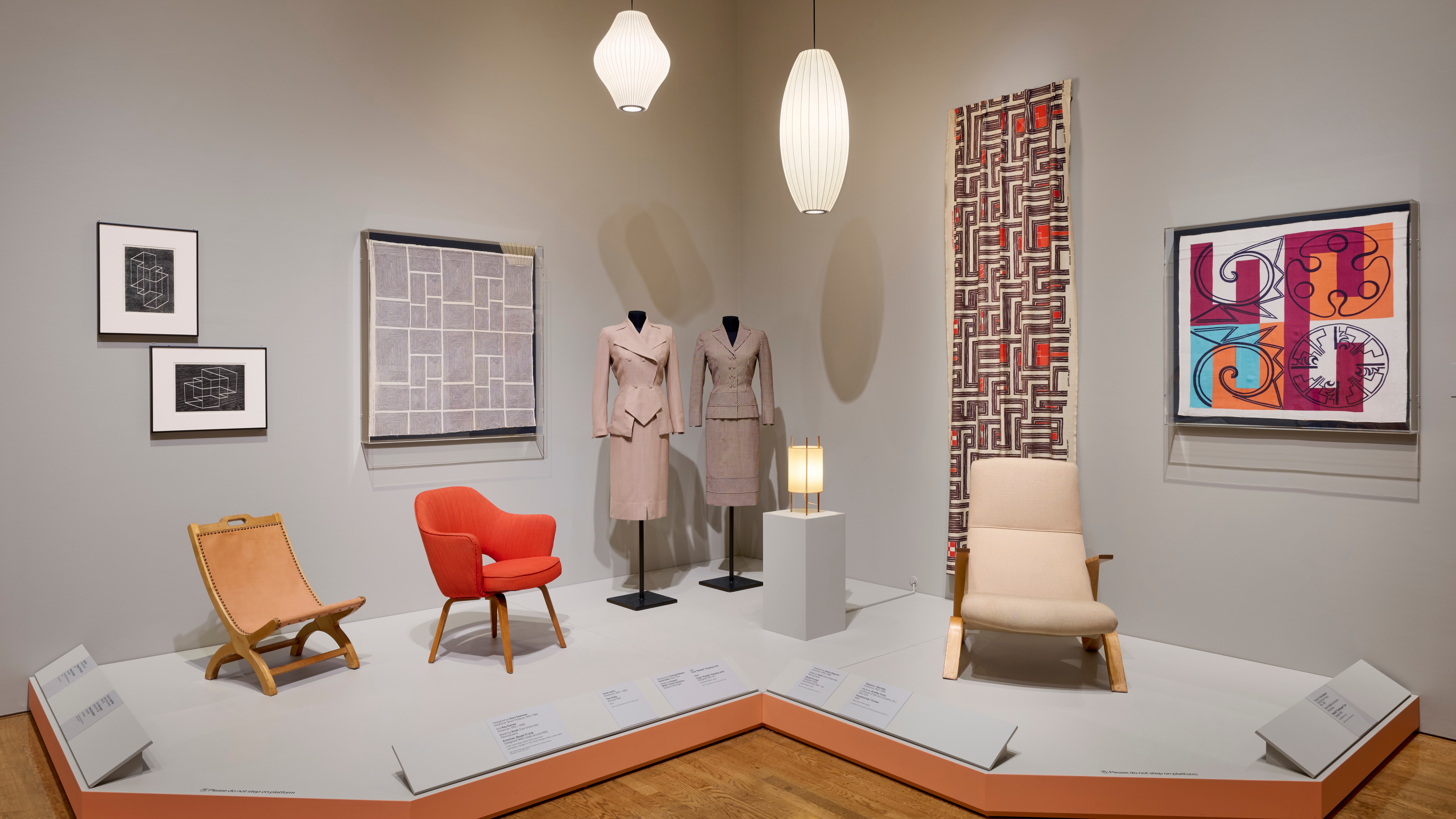
How does pressure create beauty? This question lies at the heart of ‘Boom: Art and Design in the 1940s’, a major exhibition of design, painting, fashion and photography at the Philadelphia Museum of Art that celebrates how a spirit of innovation and resourcefulness flourished despite, and sometimes because of, extreme adversity.
Drawn exclusively from the museum’s vast collection, this ambitious and wide-ranging survey demonstrates how the locomotive of war propelled the visual arts, often through technological innovation. Be it the signature curved plywood of Charles and Ray Eames or the groundbreaking polyethylene plastic behind Earl Tupper’s eponymous kitchen staple, both owe their origins to war: the former originally developed for leg splints with US Navy funding, the latter at DuPont for radar use.
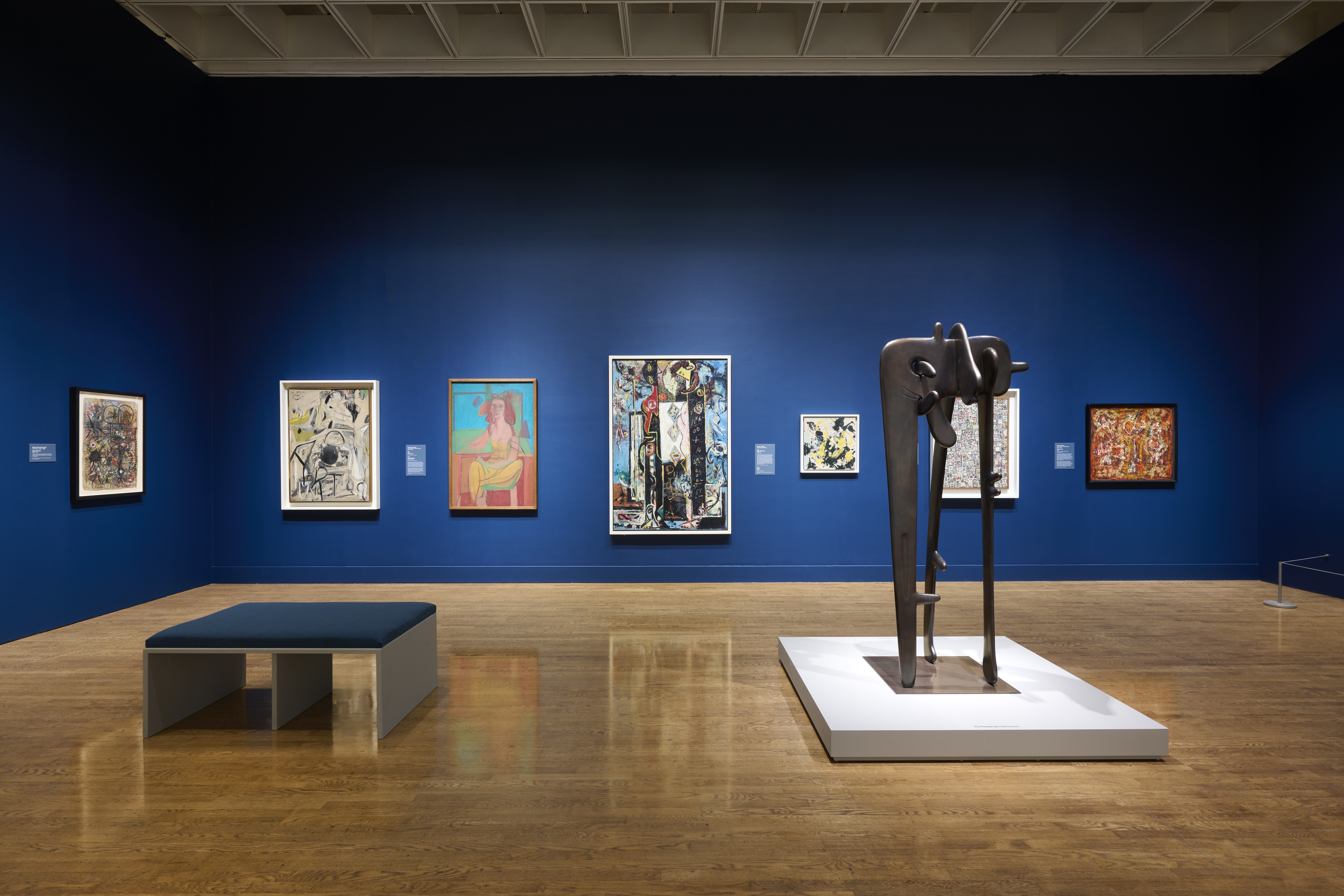
Exhibition view, ‘Boom: Art and Design in the 1940s’ at Philadelphia Museum of Art
Concurrent with material innovations, the exhibition traces a genealogy of key aesthetic languages that were to dominate the century from the 1940s onwards. Early forays into Abstract Expressionism by Jackson Pollock (Male and Female, 1942–43) and Lee Krasner (Composition, 1949), to the nascent modernism of Paul McCobb’s furniture or Christian Dior’s New Look silhouettes, all mark a dynamic oscillation between politics and visual styles.
Examples of this dialogue are everywhere in the exhibition, but few are as striking, or capture the generative potential of hardship as succinctly, as the experience of Japanese American designers George Nakashima and Isamu Noguchi. Following the attack on Pearl Harbour in December 1941, Franklin Roosevelt's Executive Order 9066 saw around 127,000 Japanese Americans, the majority being second-generation Japanese Nisei migrants from the West Coast, removed from their homes and incarcerated in ten concentration camps in the country’s western interior.
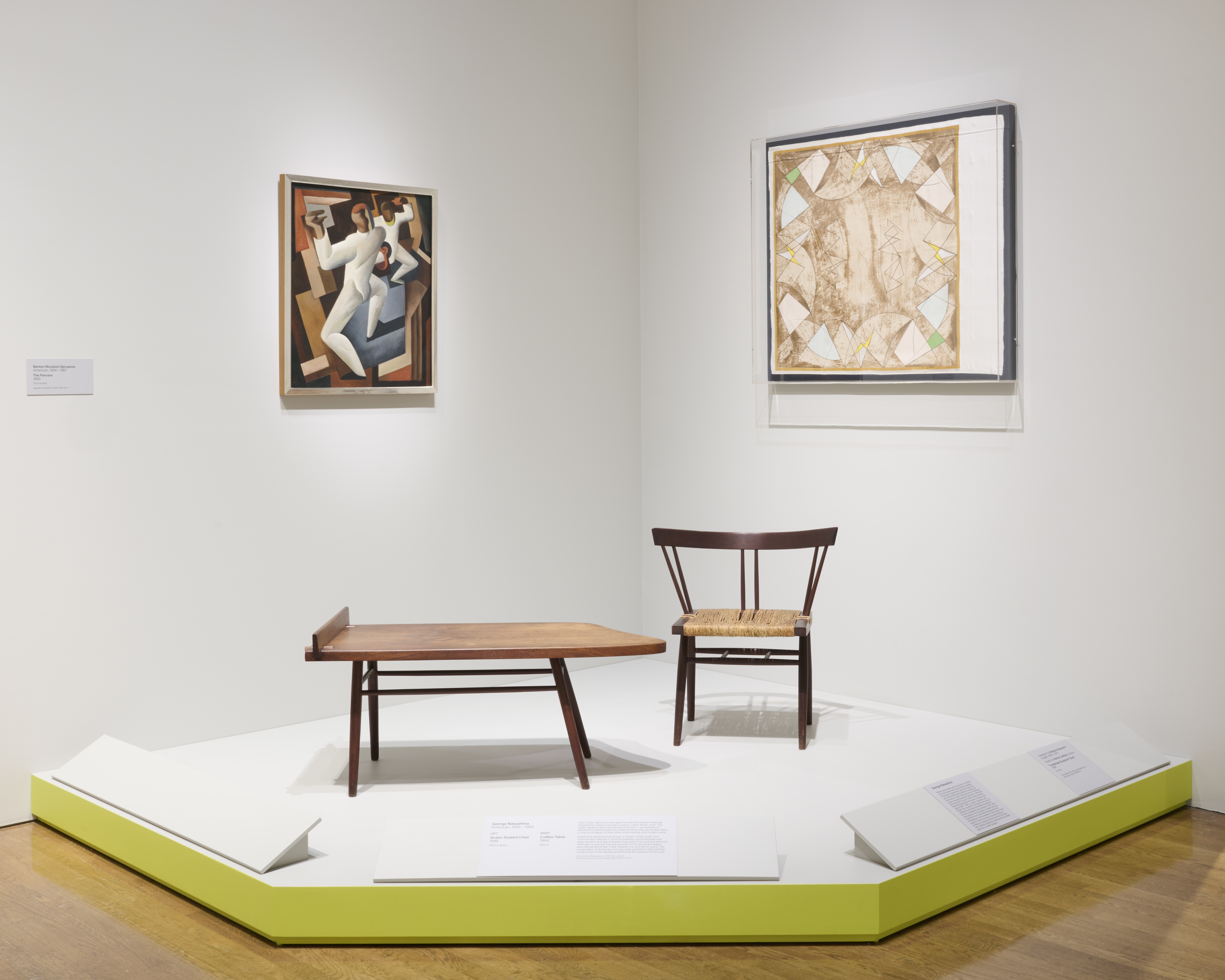
Exhibition view, ‘Boom: Art and Design in the 1940s’ at Philadelphia Museum of Art
Living in New York, Noguchi was initially exempt from relocation but voluntarily admitted himself to Arizona's Poston camp in May 1942. Nakashima, meanwhile, together with his wife and daughter, were among 13,000 detainees at the Minidoka War Relocation Center in Idaho between 1942-3. With a master’s degree in architecture from MIT, Nakashima turned to making furniture in the late 1930s, establishing a workshop in Seattle in 1940.
While interned at Minidoka, a fortuitous encounter with Gentaro Hikogawa, master carpenter and first-generation Issei migrant, was the catalyst for an expansion in Nakashima’s practice. Under Hikogawa’s tutelage, he mastered traditional Japanese carpentry tools and complex joinery techniques, while absorbing his master’s spiritual reverence for trees. Working in secret with whatever materials they could salvage, the pair designed and made furniture to improve spartan living conditions in the camp.
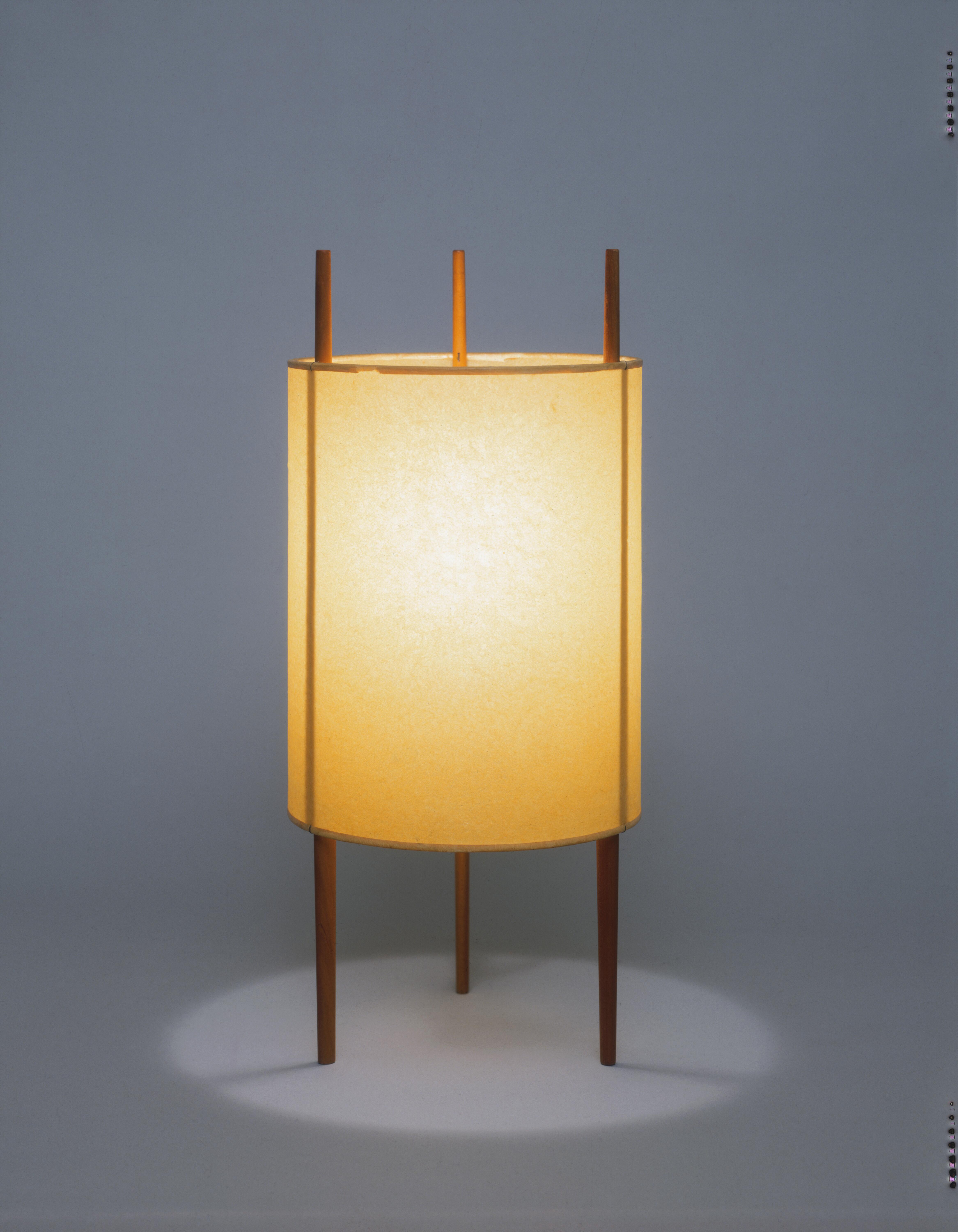
Table Lamp (1940s) by Isamu Noguchi
For Elisabeth Agro, curator of American Modern and Contemporary Crafts and Decorative Arts at the museum, this was a crucial act of resilience. ‘Craft is used as a tool or solace to keep you busy – in times of war people take to knitting or needlepoint as comfort,’ she told Wallpaper* at the exhibition’s opening. ‘There were idle moments in these camps and they were ingenious with their materials. Full suites of furniture were made out of vegetable crates, metal scraps were found, or they would dry reeds to weave them.’
Receive our daily digest of inspiration, escapism and design stories from around the world direct to your inbox.
This resourcefulness is evident in Nakashima’s ‘Grass Seated Chair’ (1946), a beautifully refined synthesis of East and West: traditional Japanese craft and austere Shaker minimalism that Nakashima honed during internment. With its simple, utilitarian design and hand-spun seagrass seat, the chair is as much a reflection of Hikogawa’s influence on Nakashima as it is of the sparse conditions that created it.

‘Grass Seated Chair’ (1946) by George Nakashima
‘There's a real tension between him wanting to bring forward his heritage, what he learned in the camp through [Hikogawa], and yet wanting to be as American as possible,’ says Agro. ‘You can see what he's fighting for: his family, to establish himself and to claim that he is both Japanese and American – and proud of it.’
Though Noguchi’s experience of internment differed significantly to Nakashima’s, having arrived at Poston voluntarily with the ambition of introducing parks and craft programmes, the experience nonetheless left an indelible mark on his practice. Moving towards abstraction and found material, works like Yellow Landscape (1943) and This Tortured Earth (1942-43), both made on his return to New York, reflect the harsh desert setting of the camp and its isolating impact.
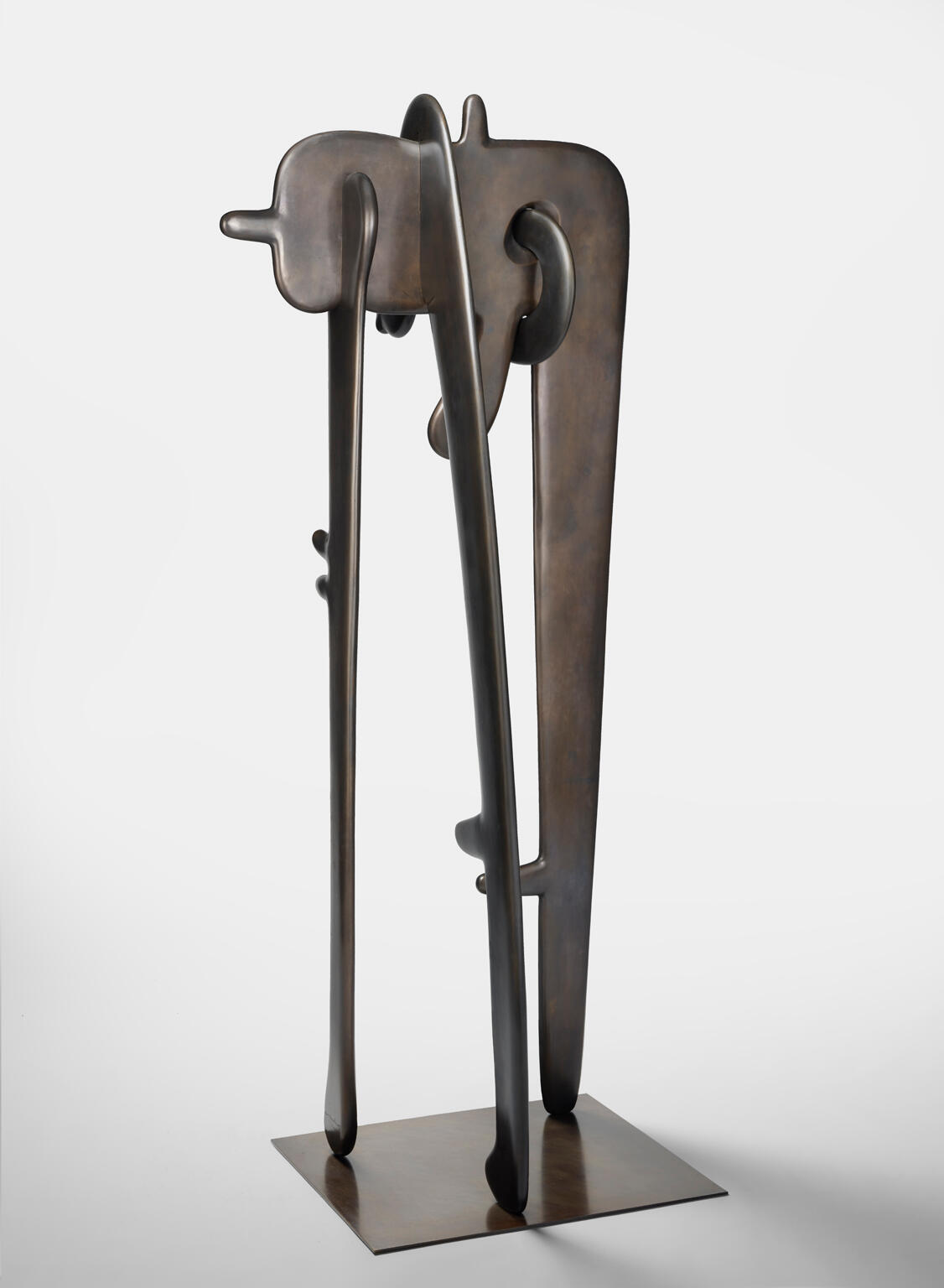
Avatar (1948) by Isamu Noguchi
In Noguchi’s totemic and surrealist-inspired sculpture Avatar (1948), four interlocking biomorphic elements introduce the idea of modularity in his designs. ‘That comes out of his internment experience,’ says Agro. ‘The idea that he can disassemble it, the idea of displacement and the possibility that he might have to be moving around at any moment.’
In his Table Lamp, an antecedent of his Akari light sculptures designed the same year as Avatar, Noguchi sought to banish the ghosts of his internment. ‘Internment was a very dark place for him,’ explains Agro. ‘He wanted to make sculptures with light sources and so he made this lamp for his sister, which comes from wanting light to lead him out of that darkness.’
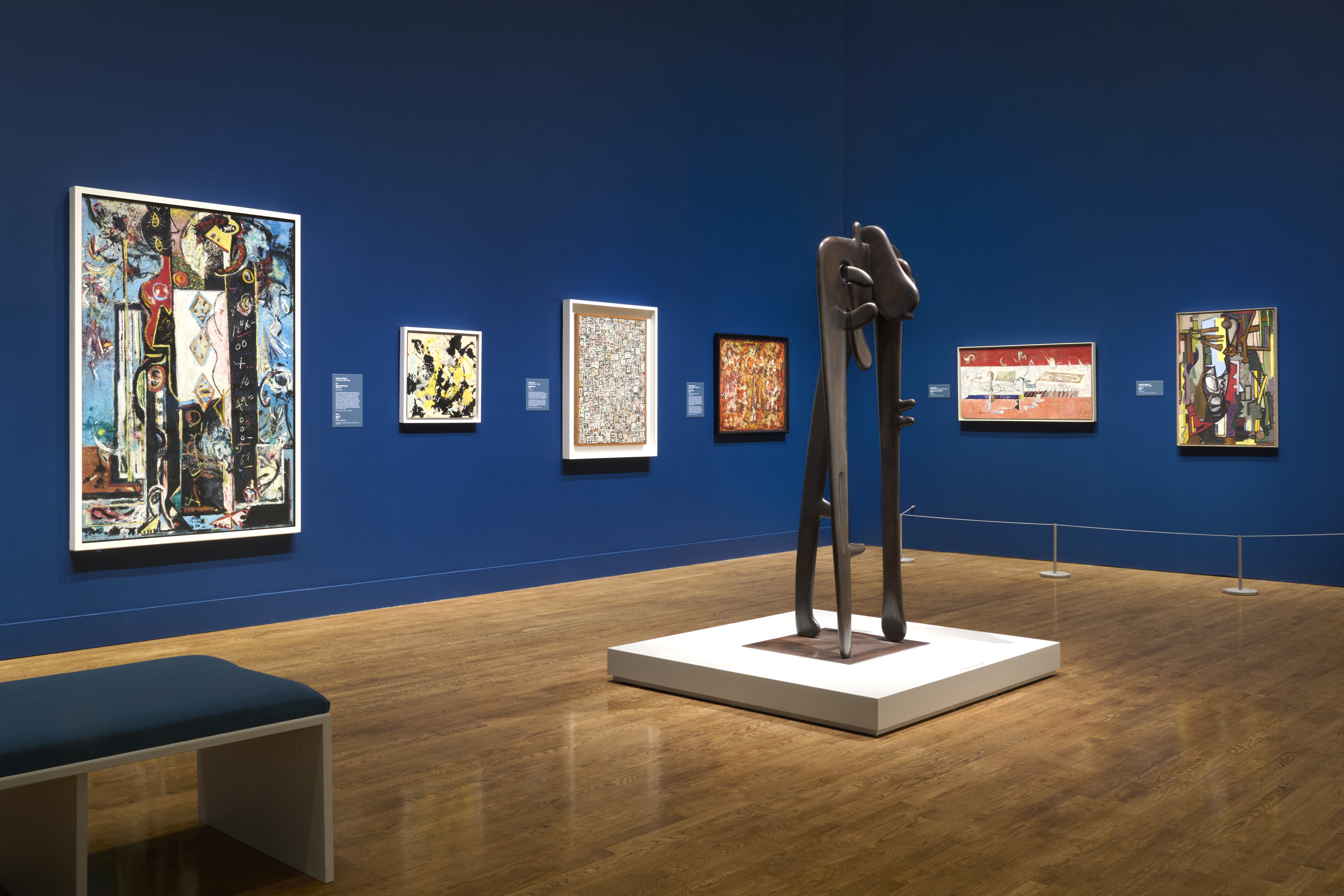
Exhibition view, ‘Boom: Art and Design in the 1940s’ at Philadelphia Museum of Art
For both Noguchi and Nakashima, the experience of internment bore profound implications on their future output, though it was a subject both avoided discussing. Necessity forced innovative solutions, and both men continued utilising found material in their work, with Nakashima in particular embracing imperfection in the timber he used. Perhaps most crucially in the context of this exhibition, internment consolidated a belief in the universal for both Nakashima and Noguchi: that art and design transcended national boundaries and connected disparate human experiences. As Agro points out: ‘I was asked what’s the one material you find often in this show? And I would say it’s hope.’
‘Boom: Art and Design in the 1940s’ is at Philadelphia Museum of Art until 1 September 2025, philamuseum.org
Finn Blythe is a London-based journalist and filmmaker
-
 A tale of two Audis: the A5 saloon goes up against the A6 Avant e-tron
A tale of two Audis: the A5 saloon goes up against the A6 Avant e-tronIs the sun setting on Audi’s ICE era, or does the company’s e-tron technology still need to improve?
-
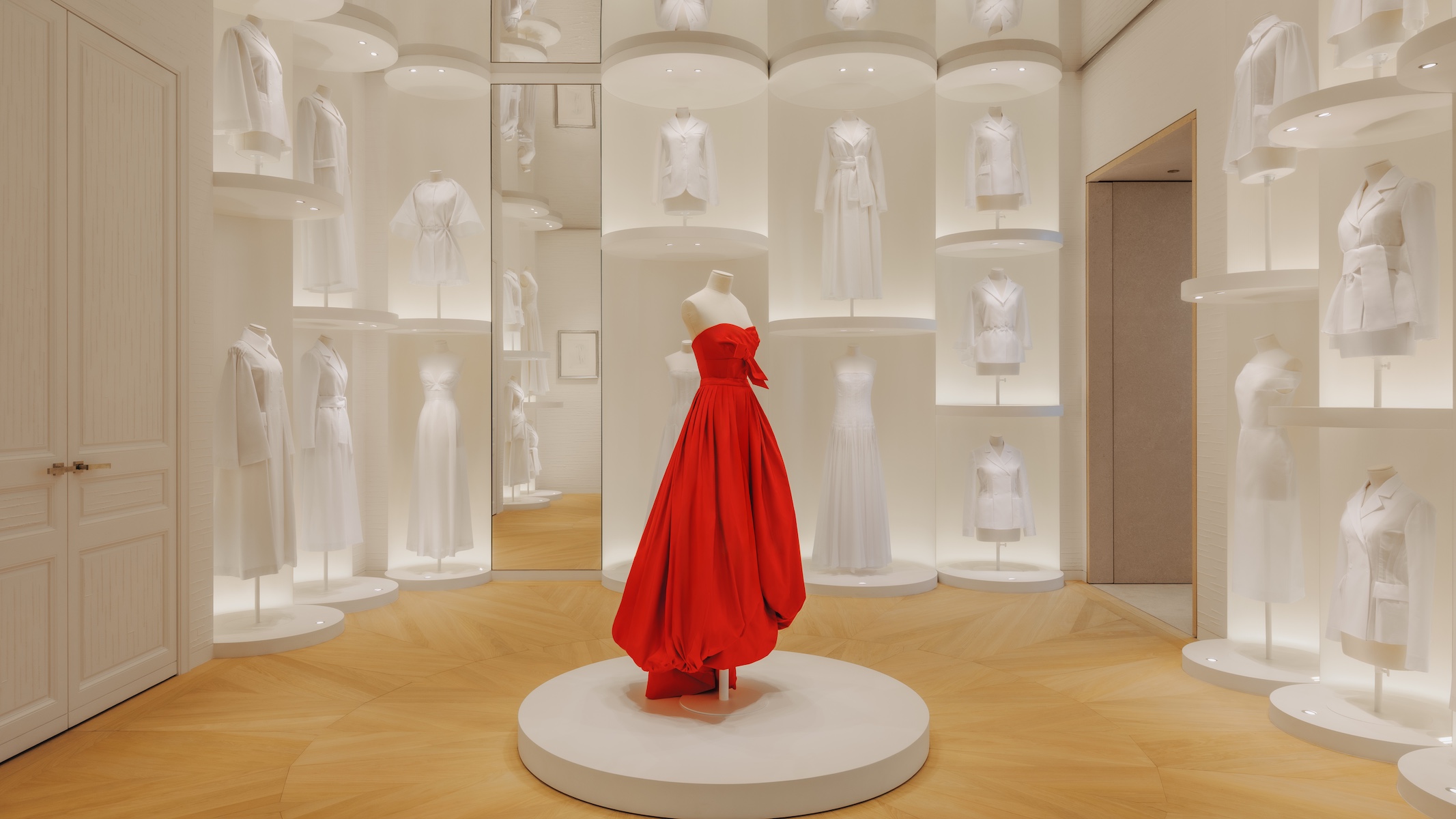 Inside Christian de Portzamparc’s showstopping House of Dior Beijing: ‘sculptural, structural, alive’
Inside Christian de Portzamparc’s showstopping House of Dior Beijing: ‘sculptural, structural, alive’Daven Wu travels to Beijing to discover Dior’s dramatic new store, a vast temple to fashion that translates haute couture into architectural form
-
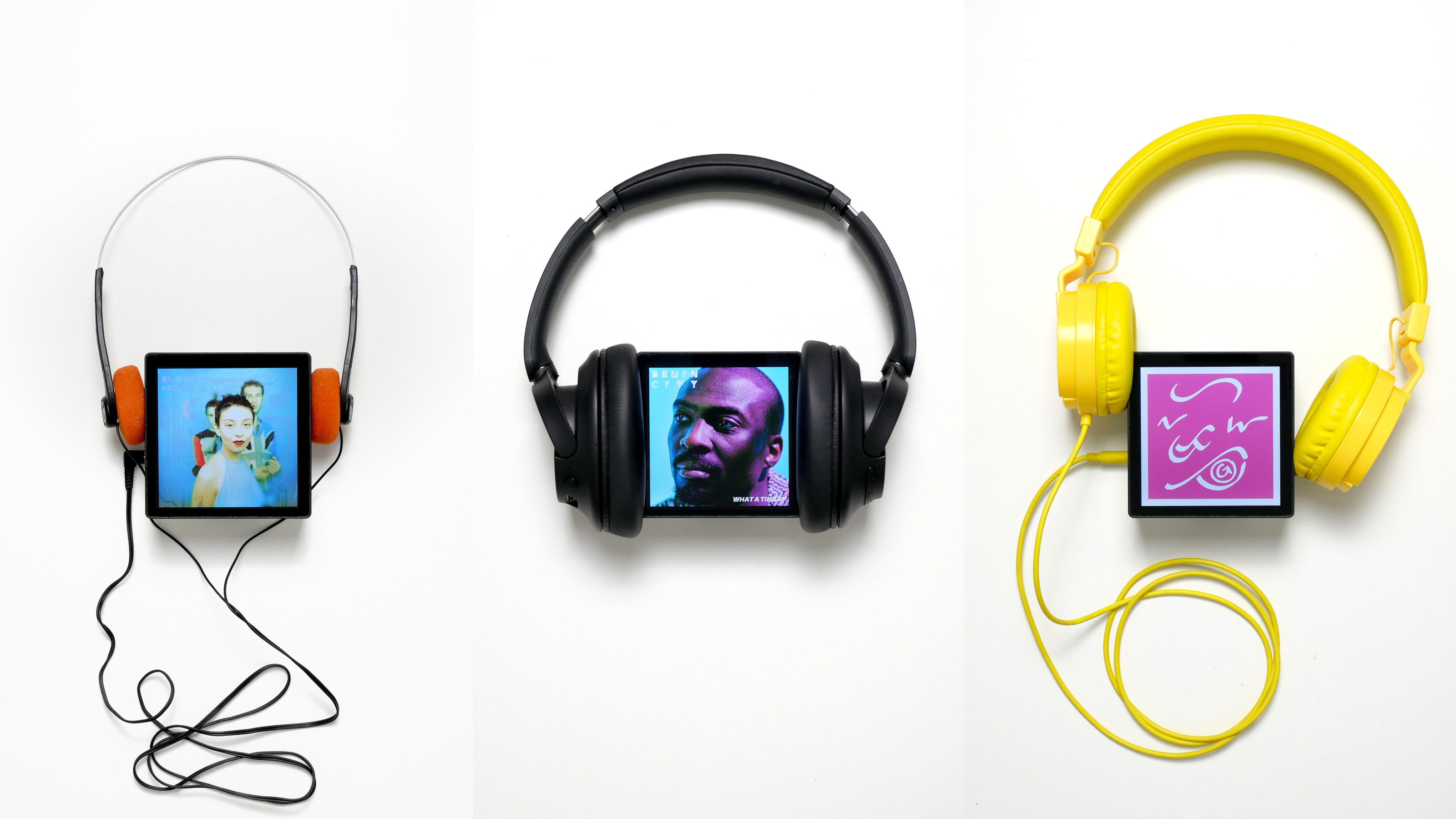 A music player for the mindful, Sleevenote shuns streaming in favour of focused listening
A music player for the mindful, Sleevenote shuns streaming in favour of focused listeningDevised by musician Tom Vek, Sleevenote is a new music player that places artist intent and the lost art of record collecting at the forefront of the experience
-
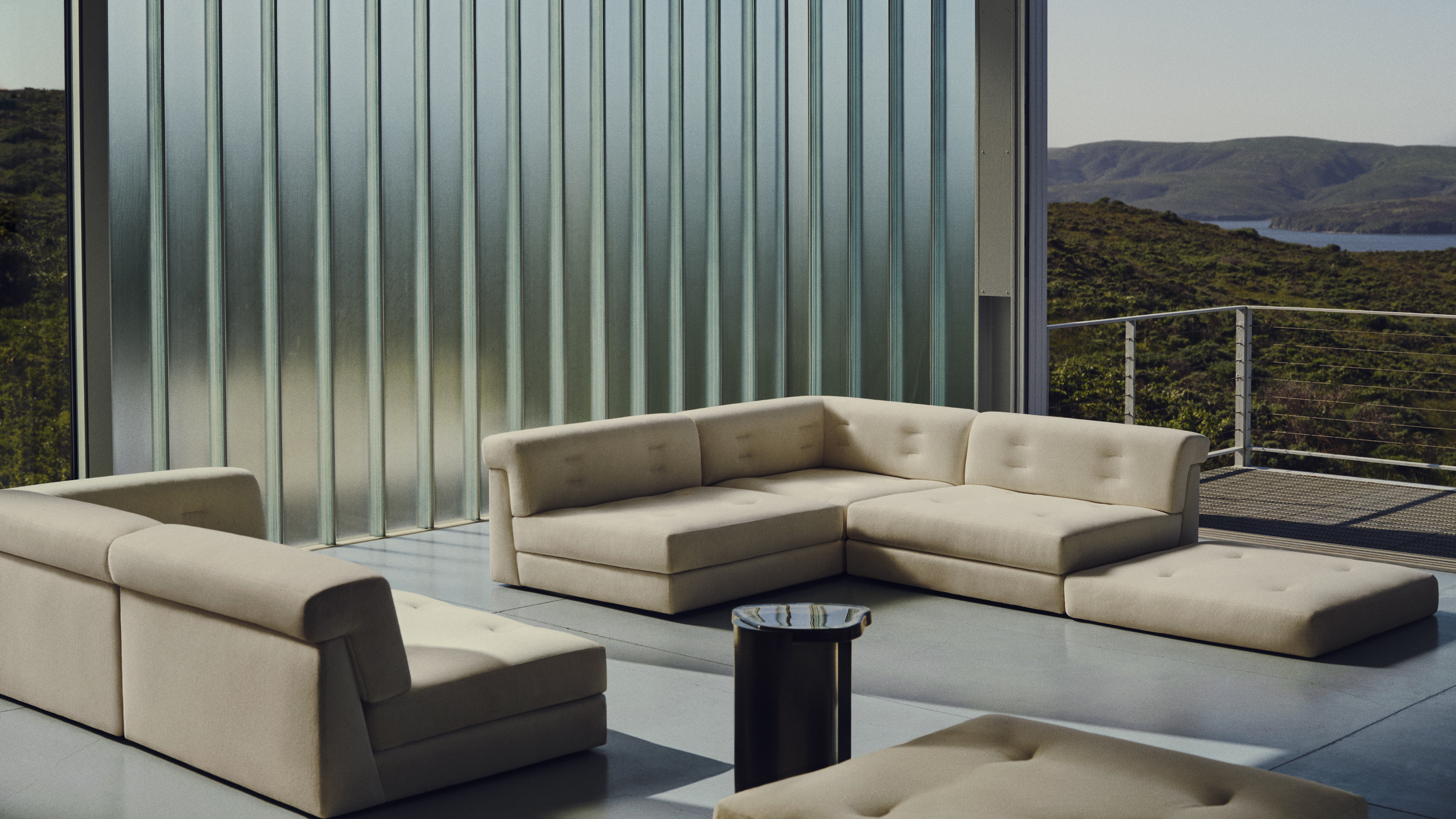 New furniture from Maiden Home elevates elemental materials through unique design
New furniture from Maiden Home elevates elemental materials through unique designFinely crafted and exquisitely formed, the New York furniture brand’s latest designs find their perfect showcase at a modernist Californian home
-
 Wallpaper* USA 400: The people shaping Creative America in 2025
Wallpaper* USA 400: The people shaping Creative America in 2025Our annual look at the talents defining the country’s creative landscape right now
-
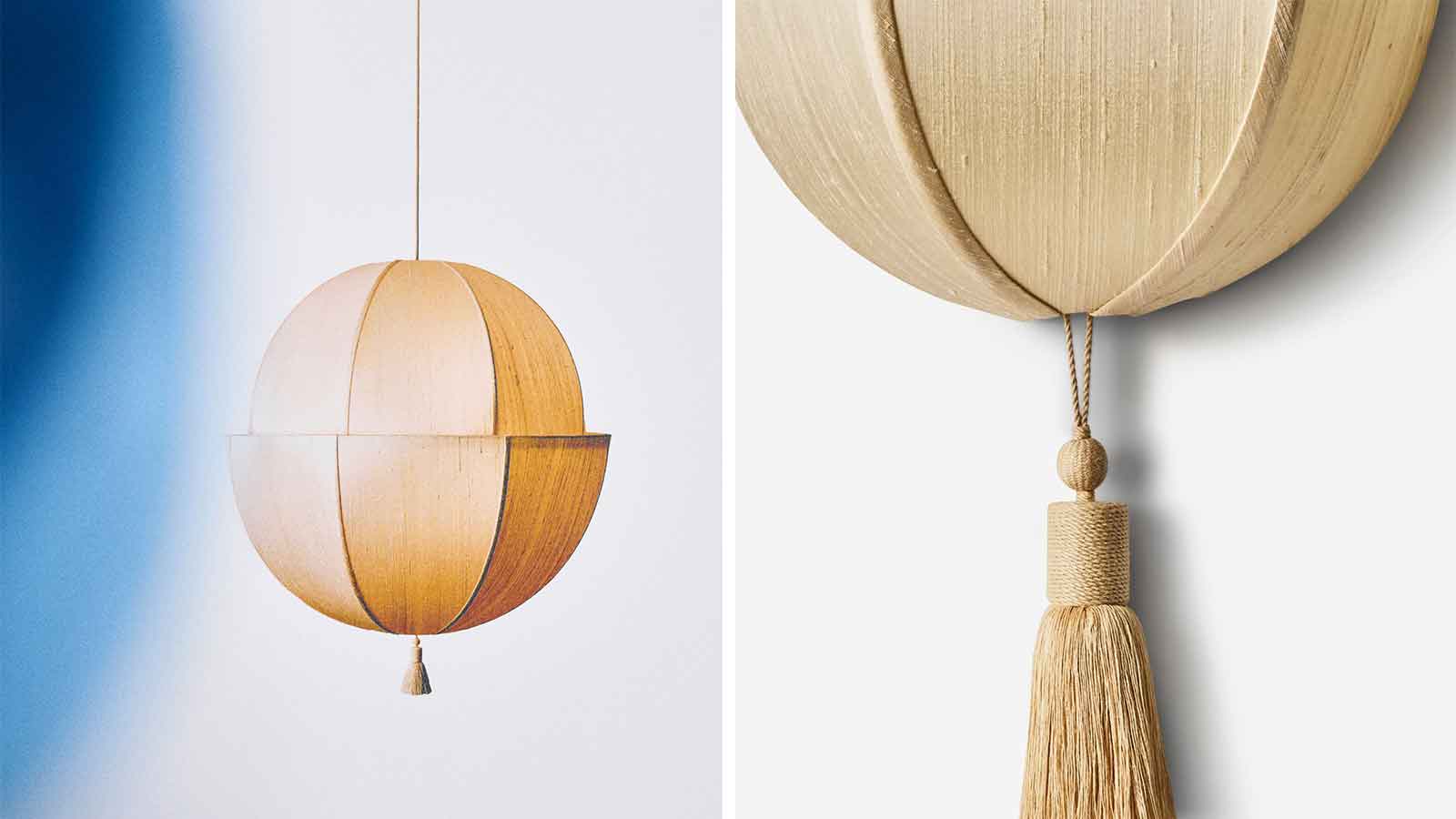 Workstead's lanterns combine the richness of silk with a warm glow
Workstead's lanterns combine the richness of silk with a warm glowAn otherworldly lamp collection, the Lantern series by Workstead features raw silk shades and nostalgic silhouettes in three designs
-
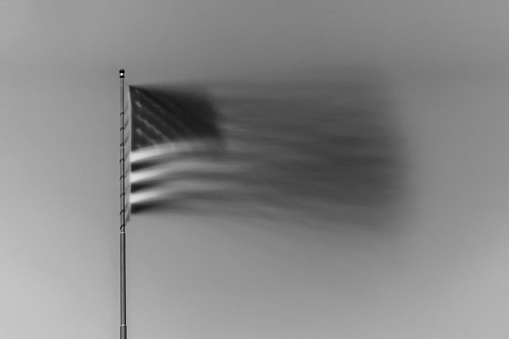 Can creativity survive in the United States?
Can creativity survive in the United States?We asked three design powerhouses to weigh in on this political moment
-
 Murray Moss: 'We must stop the erosion of our 250-year-old American culture'
Murray Moss: 'We must stop the erosion of our 250-year-old American culture'Murray Moss, the founder of design gallery Moss and consultancy Moss Bureau, warns of cultural trauma in an authoritarian state
-
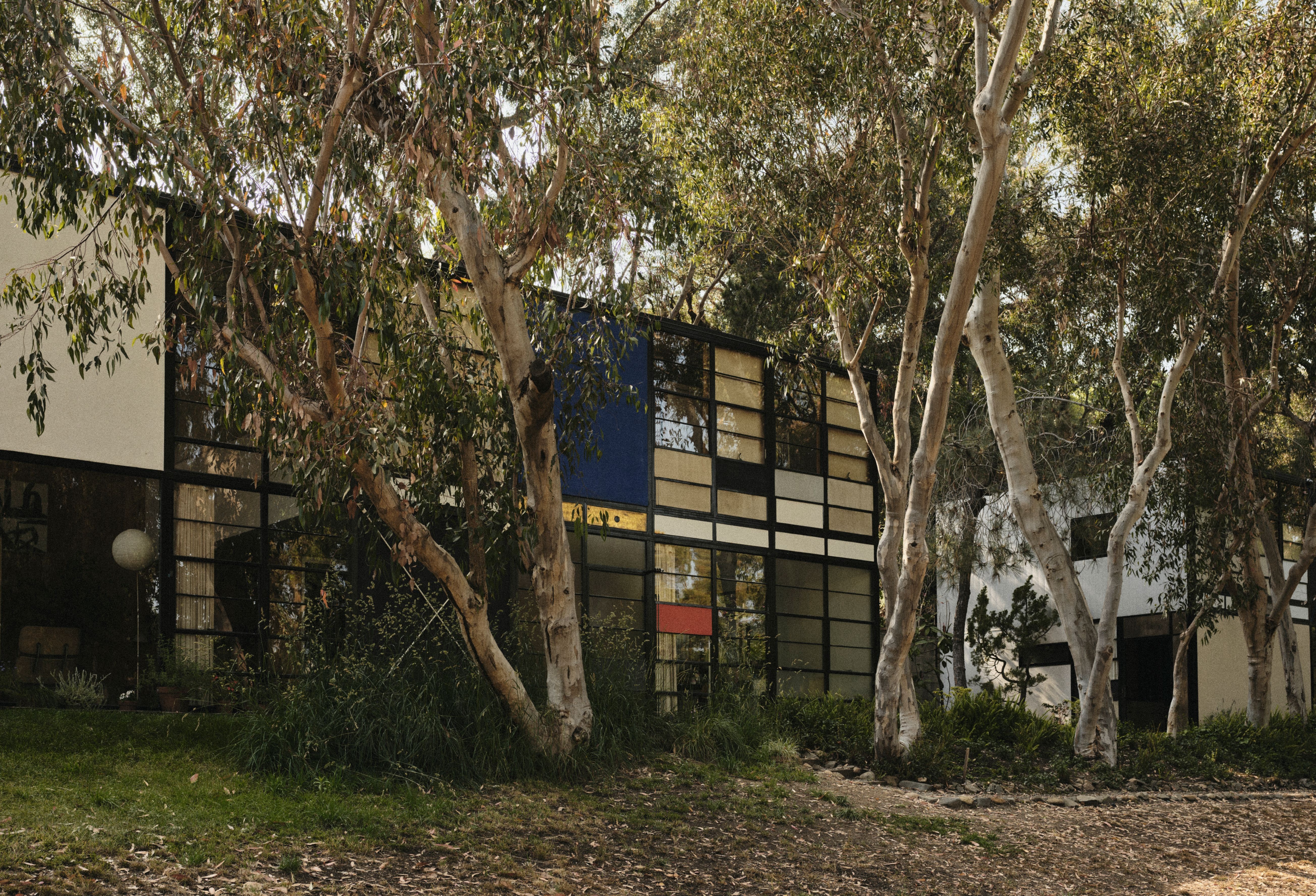 ‘You can feel their presence’: step inside the Eameses’ Pacific Palisades residence
‘You can feel their presence’: step inside the Eameses’ Pacific Palisades residenceCharles and Ray Eames’ descendants are exploring new ways to preserve the designers’ legacy, as the couple’s masterpiece Pacific Palisades residence reopens following the recent LA fires
-
 2025’s Wallpaper* US issue is on sale now, celebrating creative spirit in turbulent times
2025’s Wallpaper* US issue is on sale now, celebrating creative spirit in turbulent timesFrom a glitterball stilt suit to the Eames House, contemporary design to a century-old cocktail glass – the August 2025 US issue of Wallpaper* honours creativity that shines and endures. On newsstands now
-
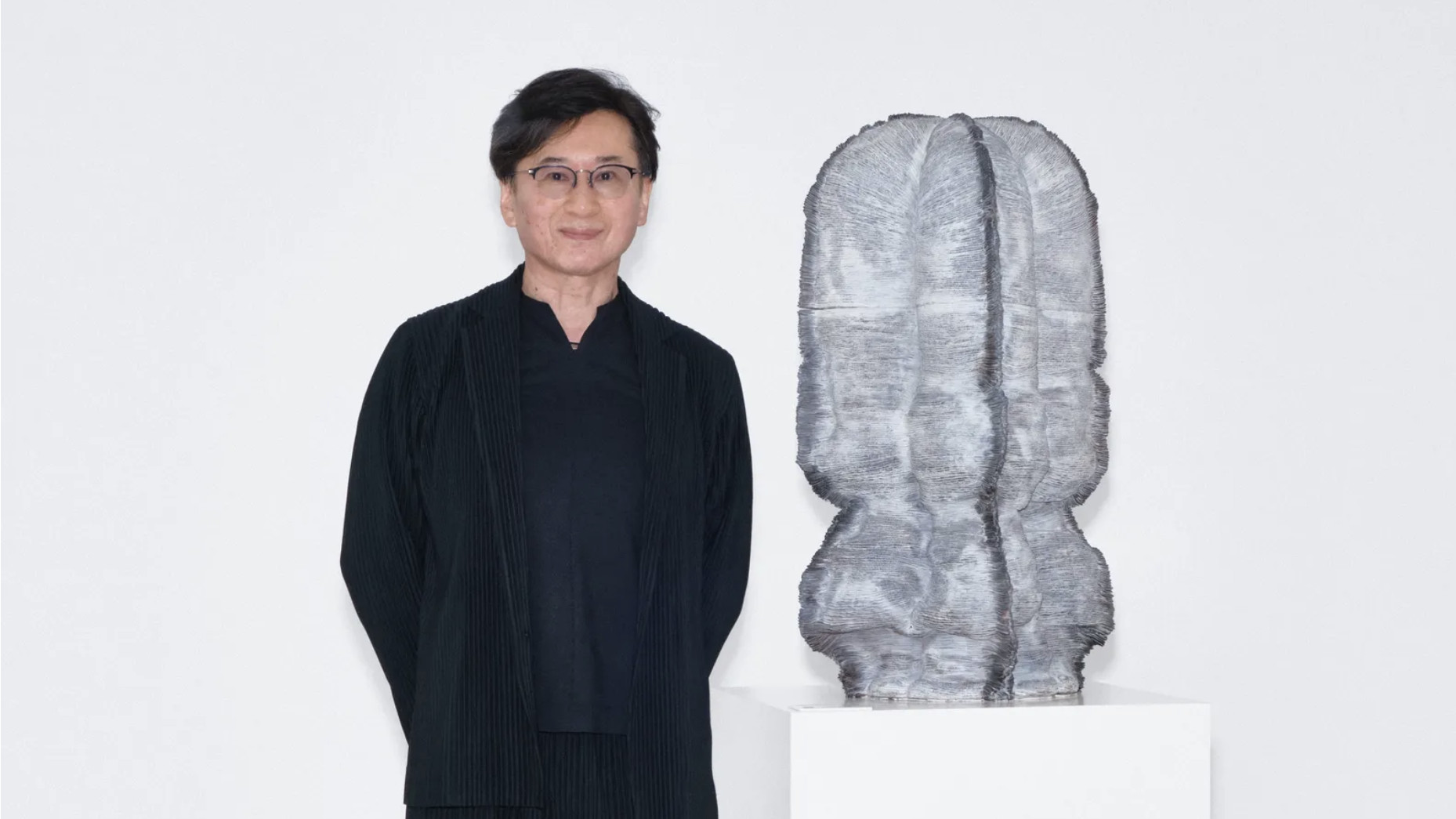 2025 Loewe Foundation Craft Prize winner announced as Kunimasa Aoki
2025 Loewe Foundation Craft Prize winner announced as Kunimasa AokiThe Japanese sculptor describes his work as ‘50 per cent tradition and 50 per cent innovation’